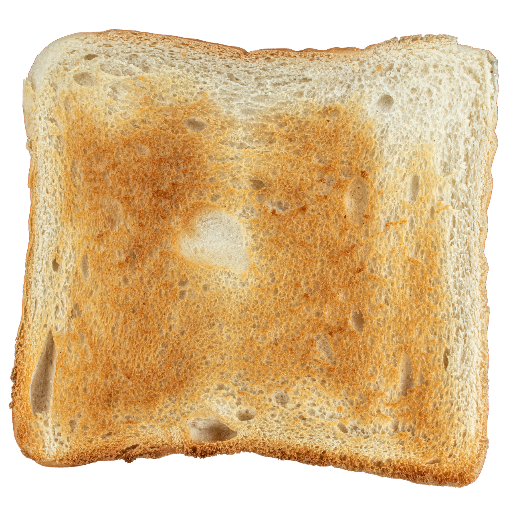
Otto Frederick Rohwedder (1980-1960) and Charles Perkins Strite (1978-1956)—not exactly celebrities. Though, perhaps they should be. Their combined ingenuity brought quick and easy toast to the breakfast table.

Quick because Mr. Rohwedder—frustrated with the time it took to hand-carve a loaf of bread only to have the slices uneven with ragged edges—invented the bread slicer.
Easy because Mr. Strite—disappointed with the frequent delivery of burnt toast on his breakfast plate—developed a toaster that simultaneously crisped both sides of the bread then automatically popped it up.
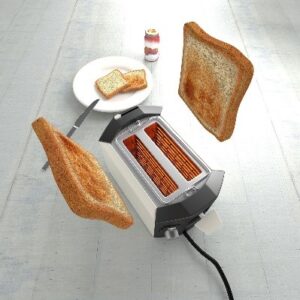
When these two innovations crossed paths in 1928, busy cooks, whether restaurant or household, could open a wrapper, pull out pre-sliced bread, and drop it in a toaster knowing it would pop up automatically when done.
These men and their inventions changed the way we do breakfast toast for a lifetime.
Writers might ask, “Why should I care about toast?”
A scene where a character makes toast can speak to the period of the story based on the contraption used to accomplish the task. Making toast can provide action to weave between dialogue: dropping the bread between the slots, waiting for it to pop up, slathering butter and watching it melt. Crunching and savoring each bite.

Toast can reveal personality quirks or add tension. The cook might dance a jig because the toast came out perfect. A businessman might hurry out the door with harsh words on his tongue because the toast burned. Cooking lessons for an older child might set up a happy morning. Sweeping toast crumbs on the floor beneath the highchair could add to stress. Might the perfectionist cook wonder if he’ll ever get it right, or the mother lament her lack of culinary skills?
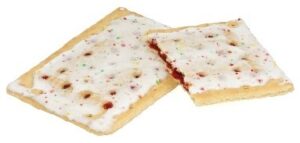
WRITERS OF CONTEMPORARY PIECES would have multiple well-known options for using toast or a toaster in a scene. A simple 2-slice or fancy 4-slice toaster could sit on the kitchen counter. It would be a seamless jump from toast to Pop Tarts, waffles, or French toast sticks being slid between the wired slots.
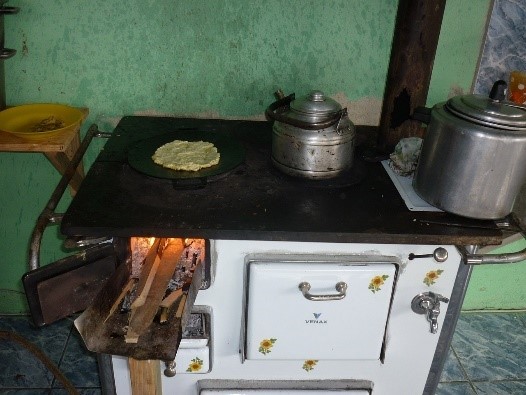
As is often the case, WRITERS OF HISTORICAL WORKS might need to research the nature of toast before using it in a scene. A skeletal timeline set out below would likely need fleshing out but might serve as a jumping off spot for research.
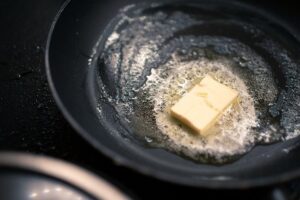
Prior to the early 1900s, bread may have been browned in an oven broiler, or in a frying pan, to achieve a toasty texture. For stories set before ovens were prevalent, tearing off chunks of untoasted bread and coating them in home-churned butter would be a believable choice for the scene.
But a big shift in breakfast toast began in 1909, first in browning apparatuses and then in bread slicing machines:
- 1909–The first commercially available toaster allowed one-sided toasting. This required a person to watch over it, turn the bread when ready, and then manually cause it to pop up.
- 1915–A toaster with an automatic turning mechanism was introduced.
- 1919-The 2-sided automatic pop-up toaster became available commercially.
- 1926-The pop-up toaster arrived in households.
- 1928-Pre-sliced bread was introduced.
- 1930-Pre-sliced bread arrived on most grocery shelves.
- 1933-Sale of sliced bread exceeded unsliced.
WRITERS OF SUSPENSE might consider a plot to sabotage toaster prototypes. Or instead of a sinister plot, a friendly competition might be more palatable — who can bring the invention to market first?

Perhaps a tense scene needs some comedic relief. Picture the boy and his dog staring at mommy’s new pop-up toaster, waiting for the bread to fly toward the ceiling.
Who would have thought breakfast toast could add such details to a story?
Who would have thought two inspired men, and two simple appliances would make such a difference in how we make toast?
So maybe these men really do deserve a measure of celebrity recognition: Strite engraved on pop-up toasters. Rohwedder etched into the bread box.

Jeannine Brummett lives in South Carolina with her husband of nineteen years, Don, who shares his three adult sons and three grandchildren with her. Reading is big on her list of things to do, but she also thrives on TV crime dramas, NBA basketball, and marvels at the critters and fowl life that live at the pond behind their house. She loves to sing praise songs, attend Bible Study, and help at a local food pantry.



 We love helping your growing in your writing career.
We love helping your growing in your writing career.

No Comments